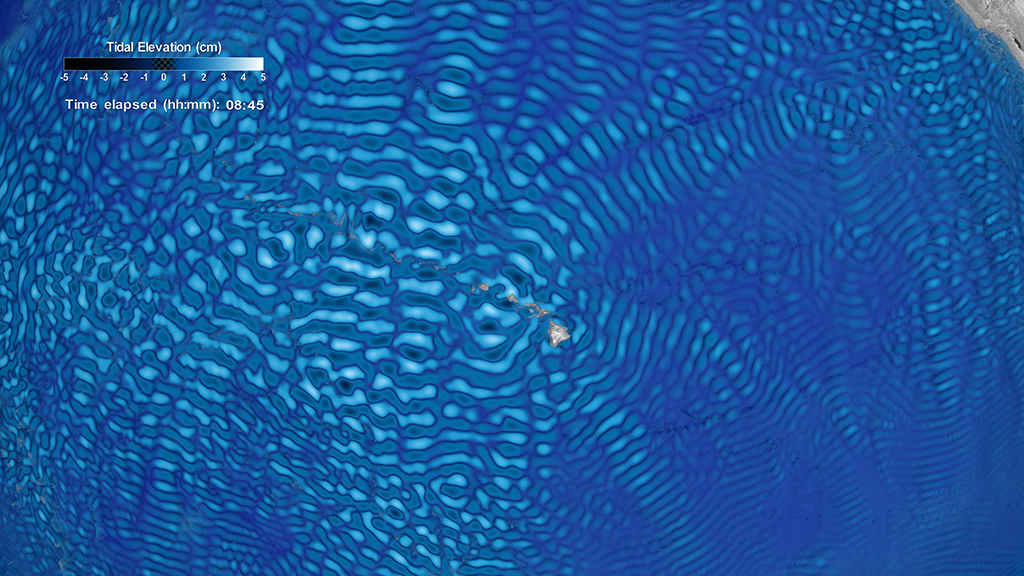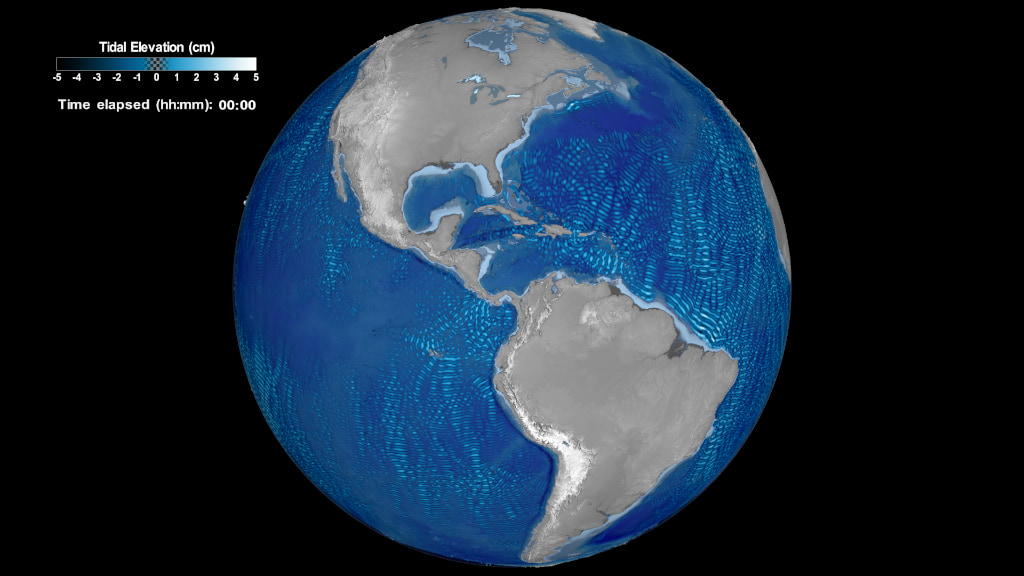NASA Sees Tides Under the Ocean’s Surface
Internal tides, or internal waves, can reach hundreds of feet underneath the ocean surface, but might only be a few inches high on the surface. Even though they're underwater, NASA can see these tides from satellites. They provide oceanographers with a unique way to map and study the much larger internal water motion.
Credits
Please give credit for this item to:
NASA's Goddard Space Flight Center
-
Producer
- Kathleen Gaeta (GSFC Interns)
-
Visualizer
- Helen-Nicole Kostis (USRA)
-
Scientist
- Richard Ray (NASA/GSFC)
Release date
This page was originally published on Thursday, April 29, 2021.
This page was last updated on Wednesday, May 3, 2023 at 1:44 PM EDT.

